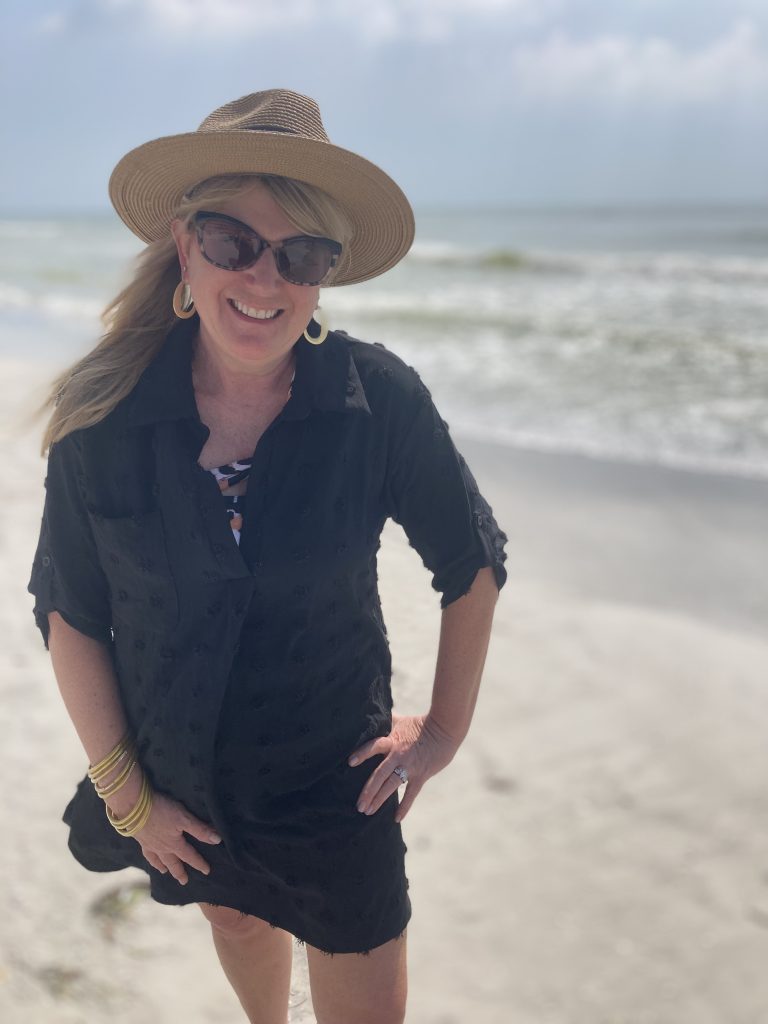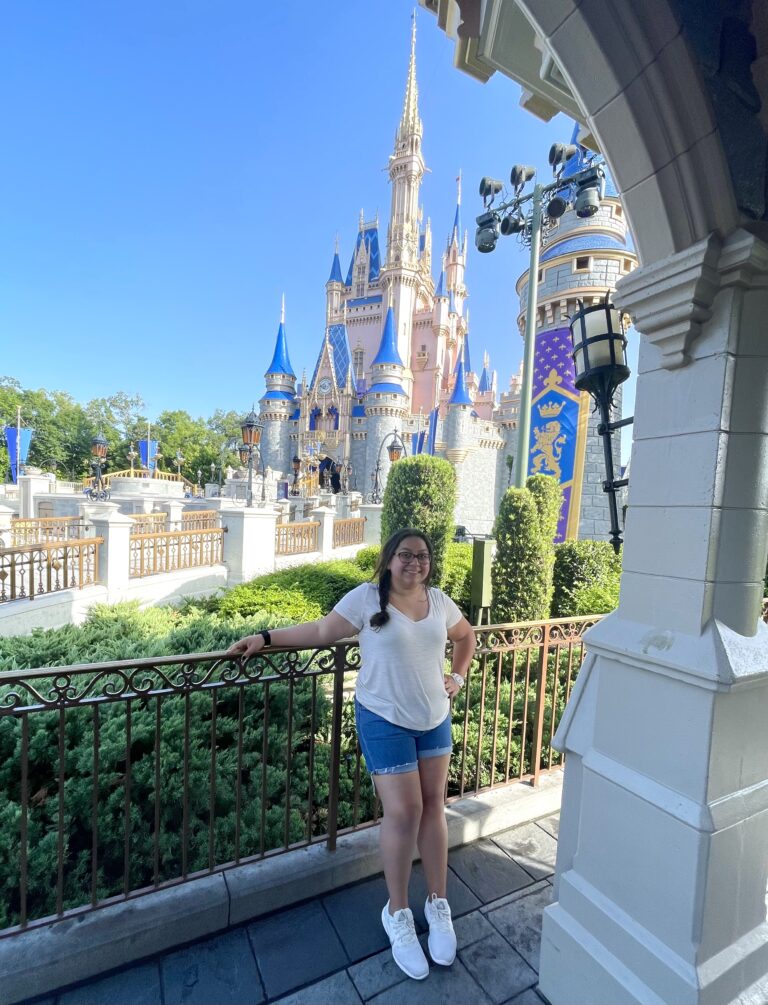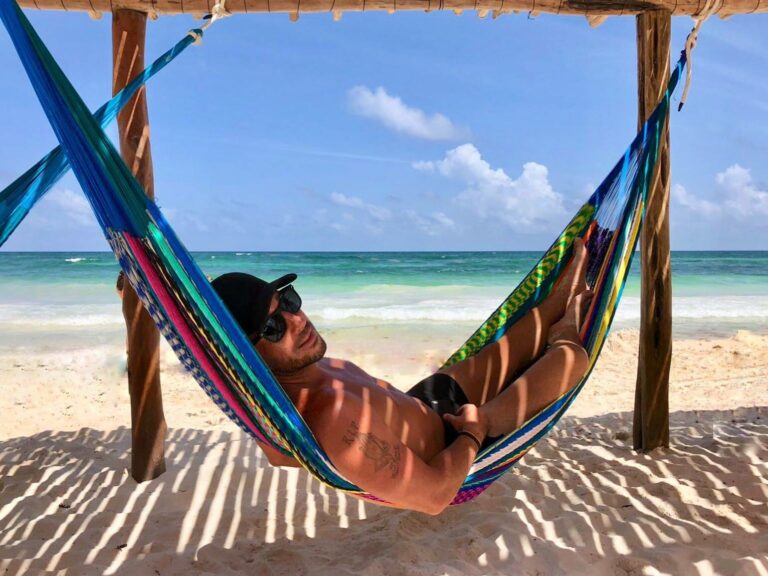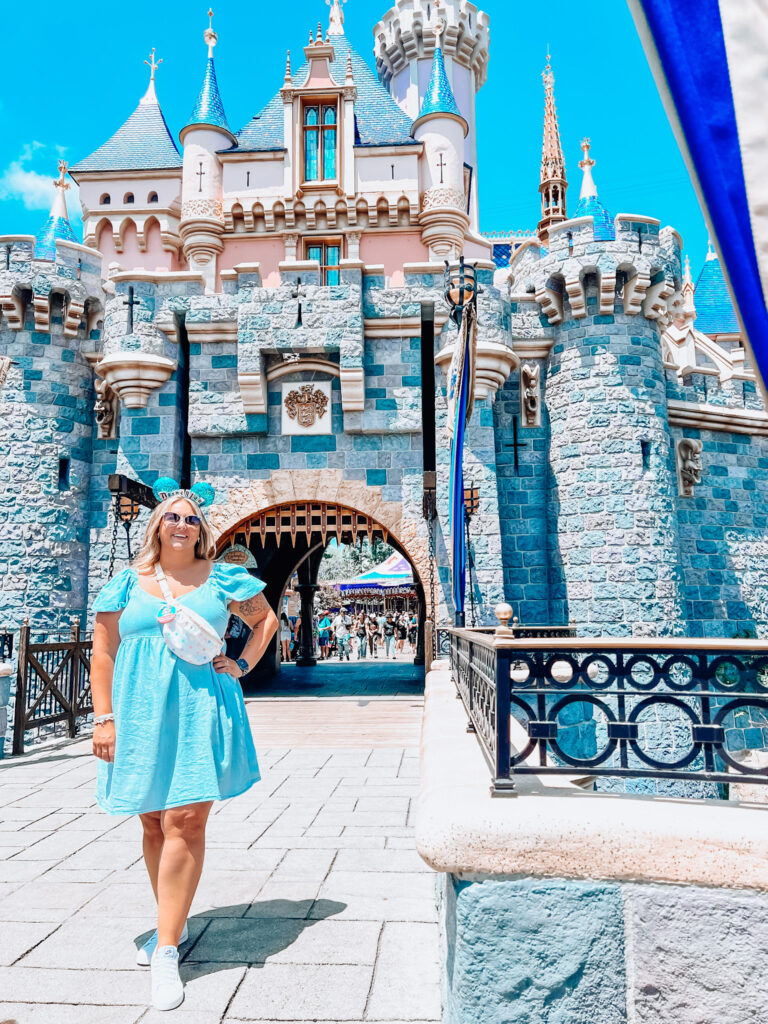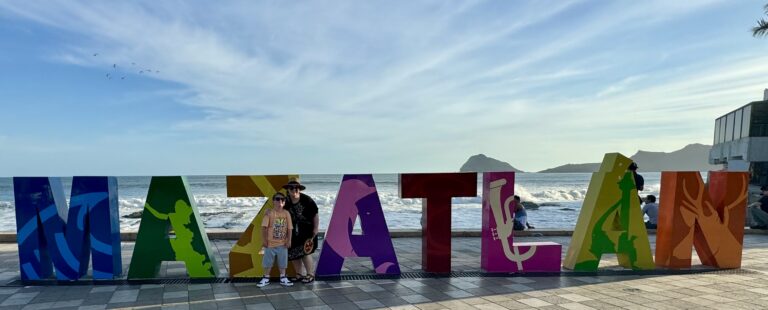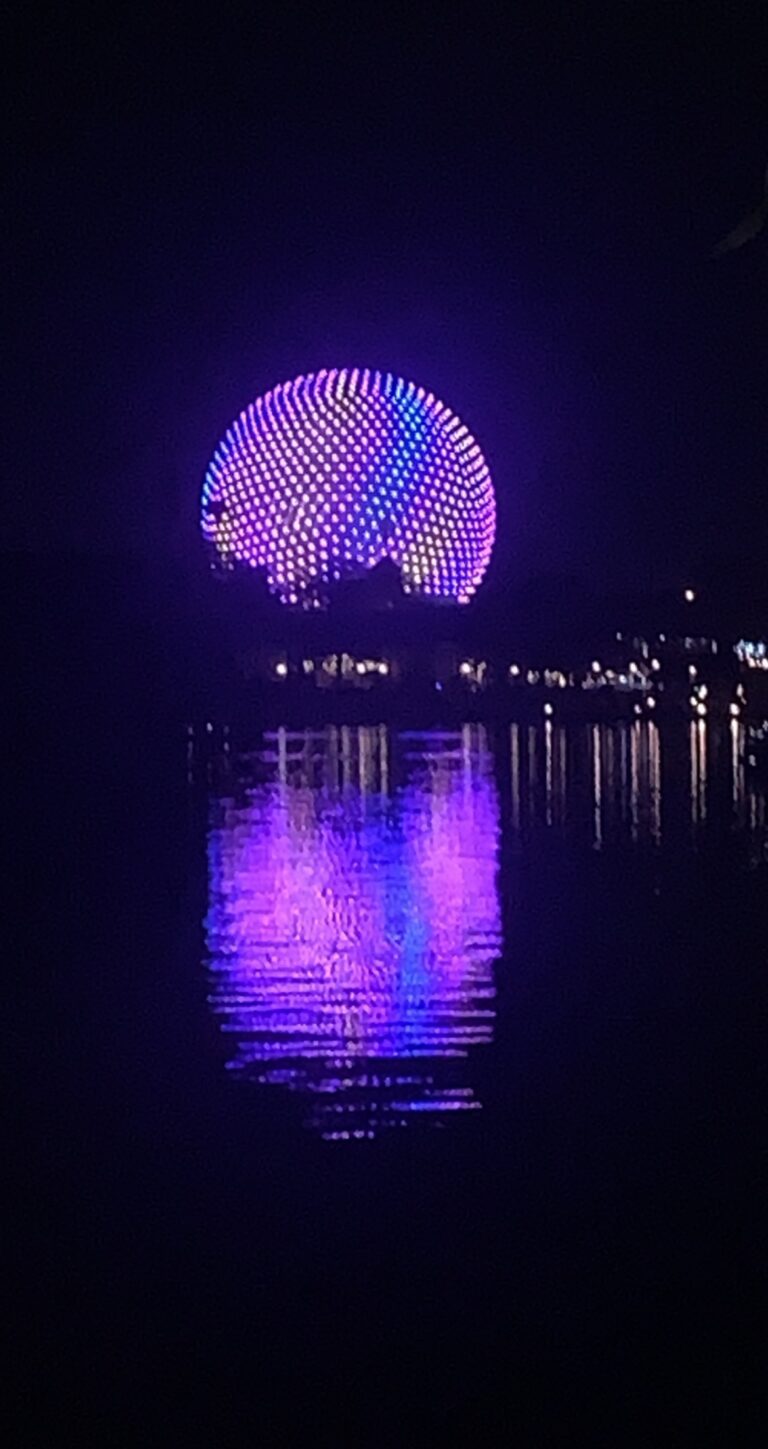Overview
Introduction
More than 30 islands make up St. Vincent and the Grenadines; some are well-known and others are well-kept secrets. The islands provide an ideal destination for visitors who favor low-key elegance, ecoadventures, yachting and tranquility. Those who select one of the Grenadines for their getaway are truly into hiding away. The islands provide quiet seclusion, perfect beaches and lots of warm, crystal clear water.
A popular way to experience this magical region of the Caribbean is by yacht, with or without a crew. With world-class sailing conditions and plenty of yacht charter companies at your disposal, you can set sail from any of the principal Grenadine islands—Bequia, Mustique, Canouan, Mayreau or Union Island—and park yourself at another idyllic anchorage to watch the sunset.
Geography
St. Vincent and the Grenadines is one country, but each of the Grenadine islands maintains its own distinct personality. St. Vincent, referred to as "the mainland" by locals, is larger than all of the Grenadine islands combined. Still, it's rather small—only 18 mi/29 km long and 11 mi/18 km wide. St. Vincent's terrain is quite diverse—a mountainous interior rich with black volcanic sand and lush valleys surrounded by a dramatic coastline.
In all, the Grenadines consist of 32 islands, some of which remain untouched and uninhabited, and others that have developed into small centers of commerce catering primarily to the yachting community. Lands vary from hilly and green to flat and arid.
The beaches vary from coastline to coastline. Dozens of small, romantic lagoons are dotted with picture-perfect palms swaying in the ever-present breeze. Although there are dramatic stretches of volcanic black sand, most islands in the Grenadines boast shimmering white-sand beaches.
The islands extend 24 mi/40 km, beginning some 100 mi/160 km west of Barbados, and 21 mi/34 km south of St. Lucia. They form a gentle arc, with St. Vincent being the farthest north and the Grenadines stretching southwest for 45 mi/72 km to a point approximately 75 mi/120 km north of the island nation of Grenada.
History
When peaceful Ciboney Indians journeyed from South America to St. Vincent, they named the land Hairouna (Land of the Blessed). As the Ciboney continued to migrate north, the peaceful Arawaks from coastal South America took over the land. They were soon driven out by the powerful and fierce Carib people.
By the time the British and French established settlements on St. Vincent, Carib society on the island had undergone a significant change. In 1675, a Dutch slave ship sank near St. Vincent, but a number of African slaves made it safely to shore. Accepted by the Caribs, the Africans married into indigenous society, and their offspring became known as the Black Caribs. Black and Yellow Caribs battled against the English colonists but were eventually overcome and forcibly removed to other islands and to Central America.
An English possession since the late 1700s, St. Vincent had many plantations powered by slave labor until slavery was abolished in 1834. Agriculture has remained the island's principal industry since that time, producing coffee, cocoa and sugarcane in the late 19th and early 20th centuries and bananas, arrowroot and other crops today. St. Vincent and the Grenadines became an independent member of the British Commonwealth in 1979.
Snapshot
Steeped in seafaring heritage, St. Vincent and the Grenadines are synonymous with anything tied to the sea. There are plenty of nonmotorized watersports available, including sailing, scuba diving, windsurfing, snorkeling, swimming and deep-sea fishing. The local population is generally mannerly and helpful. St. Vincent offers dramatic tropical scenery, rugged cliffs, an active volcano, waterfalls, nature trails and botanical gardens, as well as tennis, squash, golf and an elegant casino on Canouan Island. The Grenadine jewels offer spectacular powdery beaches and challenging sailing waters.
Those who prefer boutique-hotels or modest accommodations tucked amidst spectacular, rugged scenery, enjoy outdoor activities and watersports, and seek tranquility will appreciate St. Vincent. Those looking for exciting nightlife, shopping or cultural activities will find that other Caribbean islands are more to their liking.
Potpourri
Several unusual rivers on the island of St. Vincent flow through volcanic cylinders to the sea. Rabacca Dry River on the Atlantic side is a good example.
Captain Bligh of Mutiny on the Bounty fame planted the first breadfruit trees on St. Vincent with seedlings brought from Tahiti. Though Bligh's first attempt to transport the trees ended with the mutiny, he later completed the mission successfully.
For years, 22 January was celebrated as Discovery Day, or St. Vincent's Day. It was thought that Columbus sighted the island on that date in 1498. However, historians now believe that Amerigo Vespuci first discovered St. Vincent and the Grenadines in the late 1400s, and that perhaps Columbus never made it to St. Vincent.
In the mid-1930s, St. Vincent's arrowroot production accounted for 50% of the country's export earnings. This fine, starchlike powder is used to thicken gravy and at one time was used in the production of photographic and computer paper. Today, about 200 acres/81 hectares are still set aside for farming arrowroot on the island.
A marijuana growers' cooperative arose on St. Vincent in response to a decline in banana exports.
Canouan Island, only 2 mi/5 km wide, was wired for power in the 1990s. It took Mayreau until 2004 to get electricity.
From time to time, visitors can catch a glimpse of celebrities roaming the island chain. Mick Jagger and many other high-profile stars own homes on the Grenadine island of Mustique.
About 20 species of whales and dolphins can be found in these waters year-round. Only the humpbacks are seasonal, January-May. It was early Bequia sailors who discovered their "singing," a phenomenon that it took scientists decades to confirm.
Scotsman William Thomas Wallace Jr. introduced whaling to Bequia when he started his own whale fishery in the mid-1870s, after which whale meat became a food staple on Bequia. Today, only one whale fishery exists, and only humpbacks are caught. Because whaling is a cultural tradition, the International Whaling Commission has granted the island the right to catch four per year. If you're lucky, you may glimpse the crew hard at work on a whaleboat. Compared to a whale, these boats are small.
In Bequia, whale bones are used as architectural elements and parts of furniture.
A single, narrow tunnel connects the north and south sides of St. Vincent, and only one car can pass through at a time.
Some of the inhabited Grenadine islands have no secondary schools. This presents difficulties for students, their families and the islands where the youngsters board.
Do attend the ceremonial Big Drum dance if you happen (or can manage) to be on Union Island when it is performed. Derived from French and African traditions with a form unique to the island, the dance is done for joyous occasions, in times of disaster and sometimes to call the rains.
On St. Vincent, you can catch a glimpse of the original movie set used for Disney's Pirates of the Caribbean. Much of the film's action centered around picturesque Wallilabou Bay, located on the leeward coast, about midway between Kingstown and the Falls of Baleine to the north.
Location
Cruise ships drop anchor at several of the country's islands, including St. Vincent's deep-water port in Kingstown, Bequia, Mayreau, Mustique, the uninhabited Tobago Cays and Union Island.
Many of these islands and cays are small, and finding your way around them is fairly straightforward. The ships often anchor off the coast, and passengers are taken ashore by smaller craft. Expect a warm welcome: Most of the Grenadines are lightly populated, and the arrival of even a small ship is quite an occasion for the locals.
If there's an exception, it's the island of St. Vincent. Cruise ships dock at the cruise-ship terminal at the southeast end of the bustling capital city of Kingstown. Tourist information is available at the terminal, open daily 8 am-4:15 pm (phone 784-457-1502). The cruise-ship terminal also houses restaurants, boutiques, internet facility, lockers and miscellaneous shops for convenient souvenir shopping.
The center of town is a five-minute walk west from the terminal. The three main streets of Kingstown run parallel to the water's edge. Their names change several times between the terminal and downtown, but if you just head west on Upper Bay Street, you'll soon come to the center of town.
Passengers arriving by ship to Bequia will enter charming Port Elizabeth, the island's main area for commerce. There are no port towns to speak of on Mustique or the Tobago Cays. On Mayreau, passengers can take water taxis to either beautiful Salt Whistle Bay or to Saline Bay Beach at the foot of the village. Union Island's Clifton Harbour is a small village with one main street, a few bars and restaurants, specialty stores and vegetable stands.
Visitors arriving in St. Vincent and the Grenadines by yacht must clear customs and immigration. Ports of entry on St. Vincent include Wallilabou, Chateaubelair and Kingstown; and in the Grenadines, Bequia, Mustique, Union Island (at the airport) and Canouan.
Shore Excursions
Shore excursions tend to be as uncomplicated as the islands themselves. All of the Grenadines are small enough that you should have little trouble seeing the entire island on a daylong visit. Many cruise-ship operators make that easy by offering organized land and water tours, including day cruises, hiking, ecotours, biking, beach outings, jeep safaris, botanical tours and special-interest excursions. The main island is rapidly garnering a reputation as a lesser-traveled, adventure-tour destination.
The majority of cruise-ship visitors make a beeline for the better-known islands such as Bequia and Union, but on St. Vincent, the offerings are more varied. Some tours concentrate on sights in and around old Kingstown, including the town's historic churches and famed Botanical Gardens. (Founded in 1765, the garden is the oldest of its type in the Western Hemisphere).
Other notable excursions venture out into the rural countryside or to La Soufriere, the active imposing volcano that marks St. Vincent's northernmost reaches.
Consider signing up for the excursions offered by your cruise ship. They may not be the least expensive way to see the islands, but you won't have to waste your limited time making arrangements yourself—and you won't have to worry about missing the ship. Shore excursions—and their prices—vary from cruise line to cruise line. Check with your ship's shore-excursion staff or your travel agent for additional information.

















